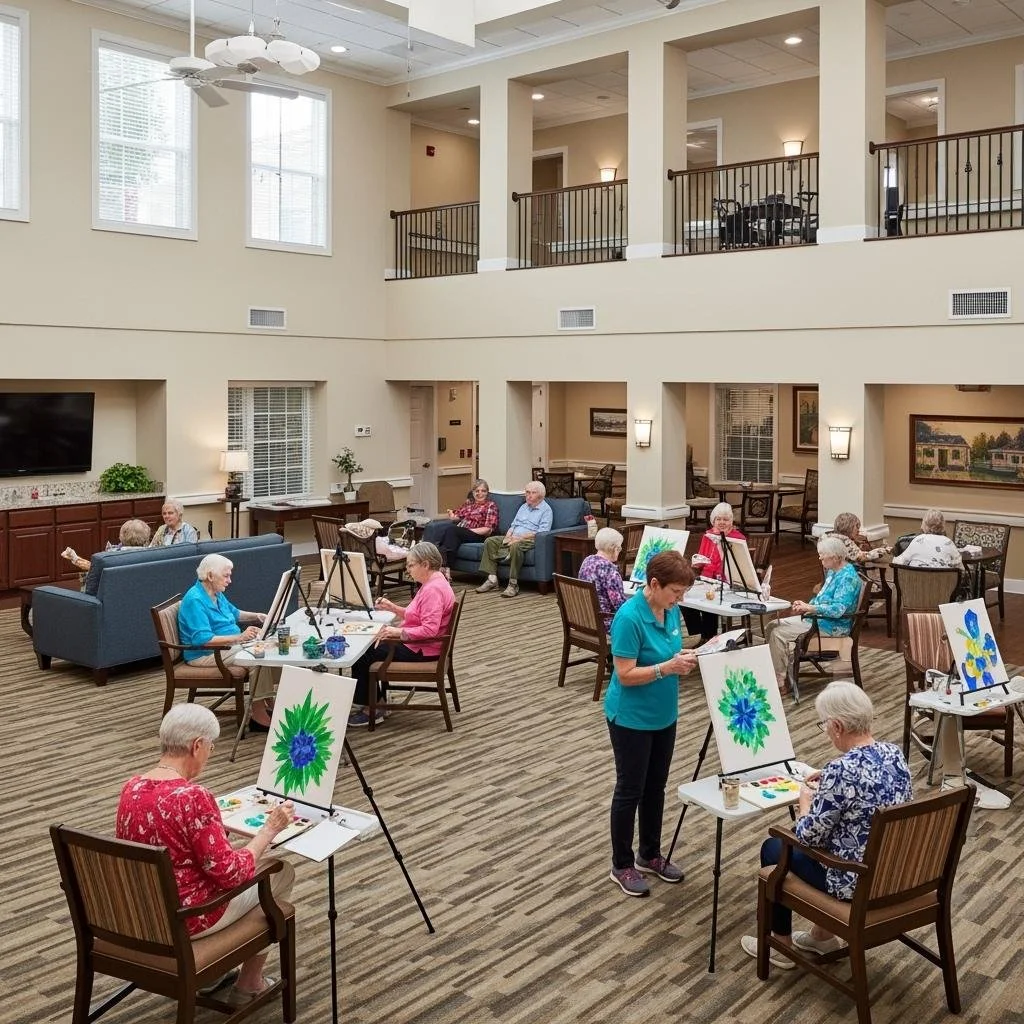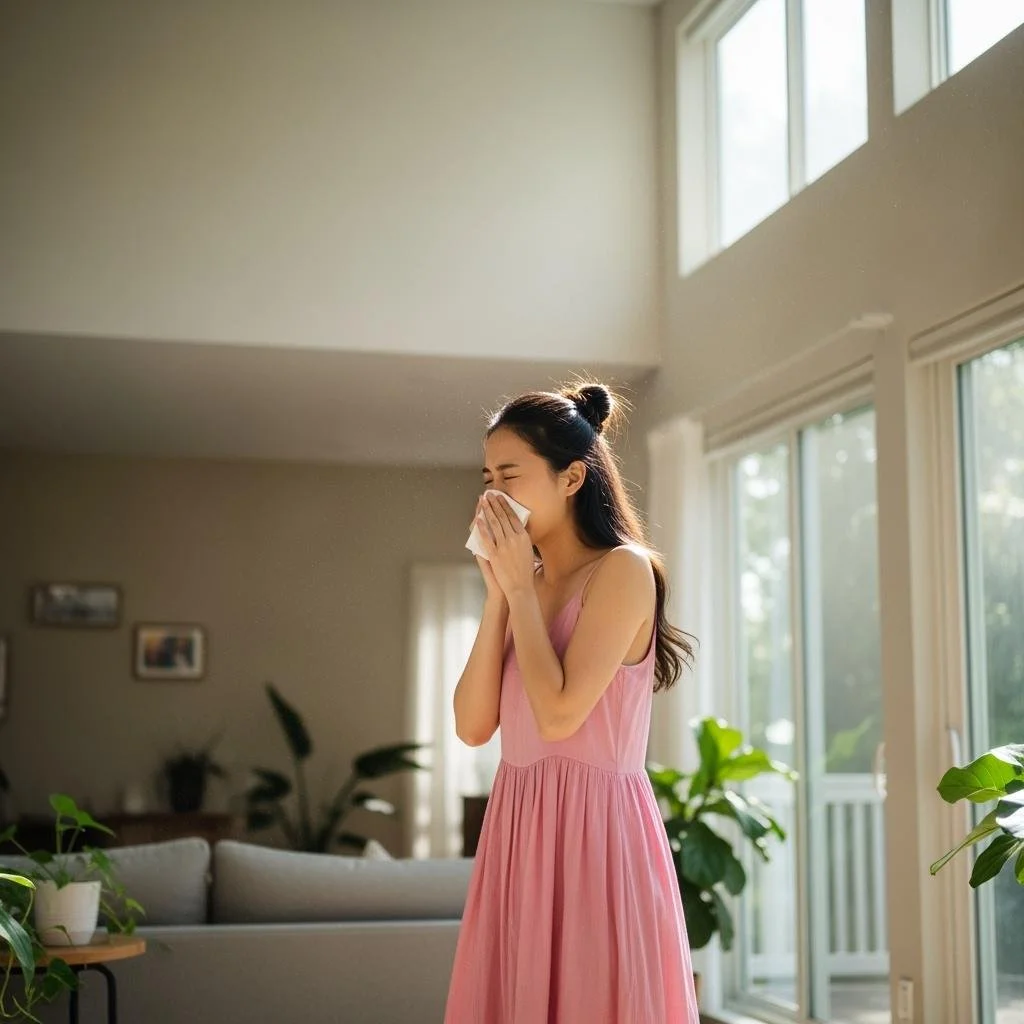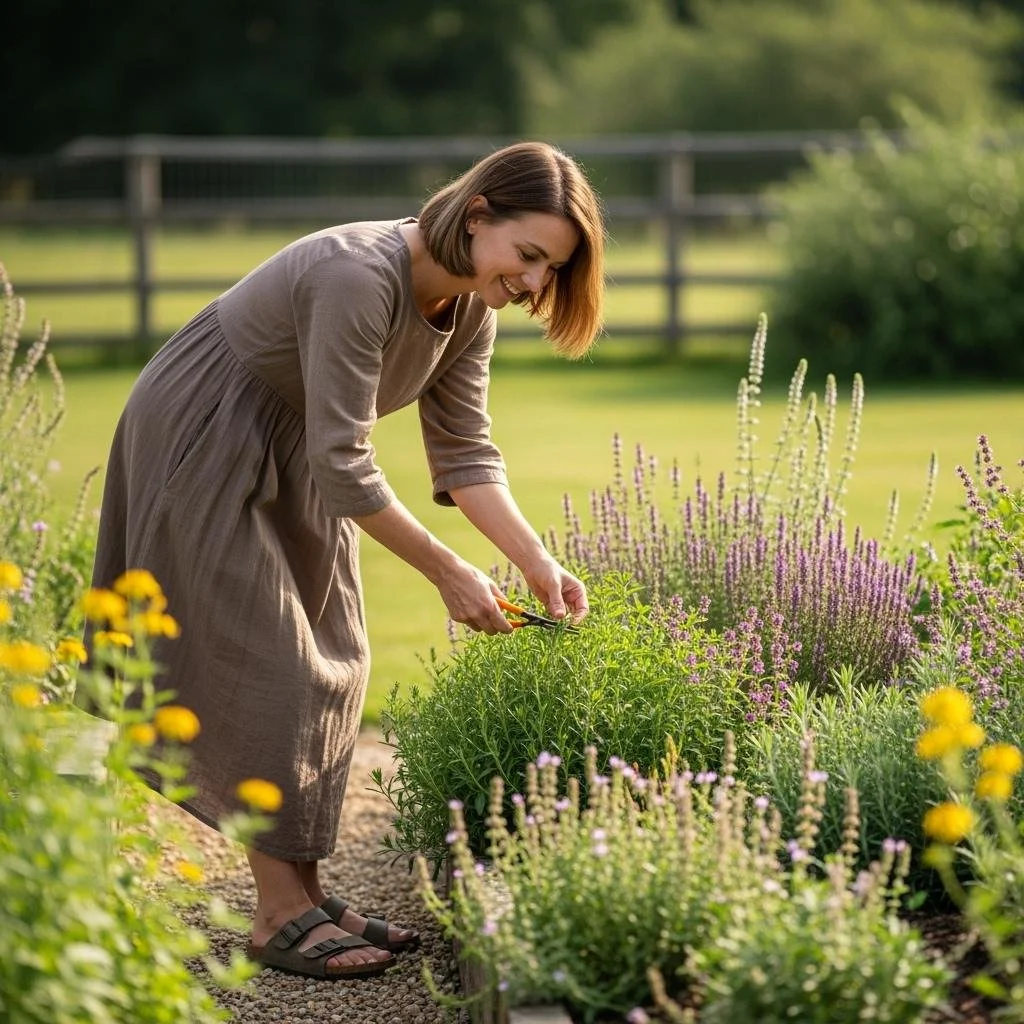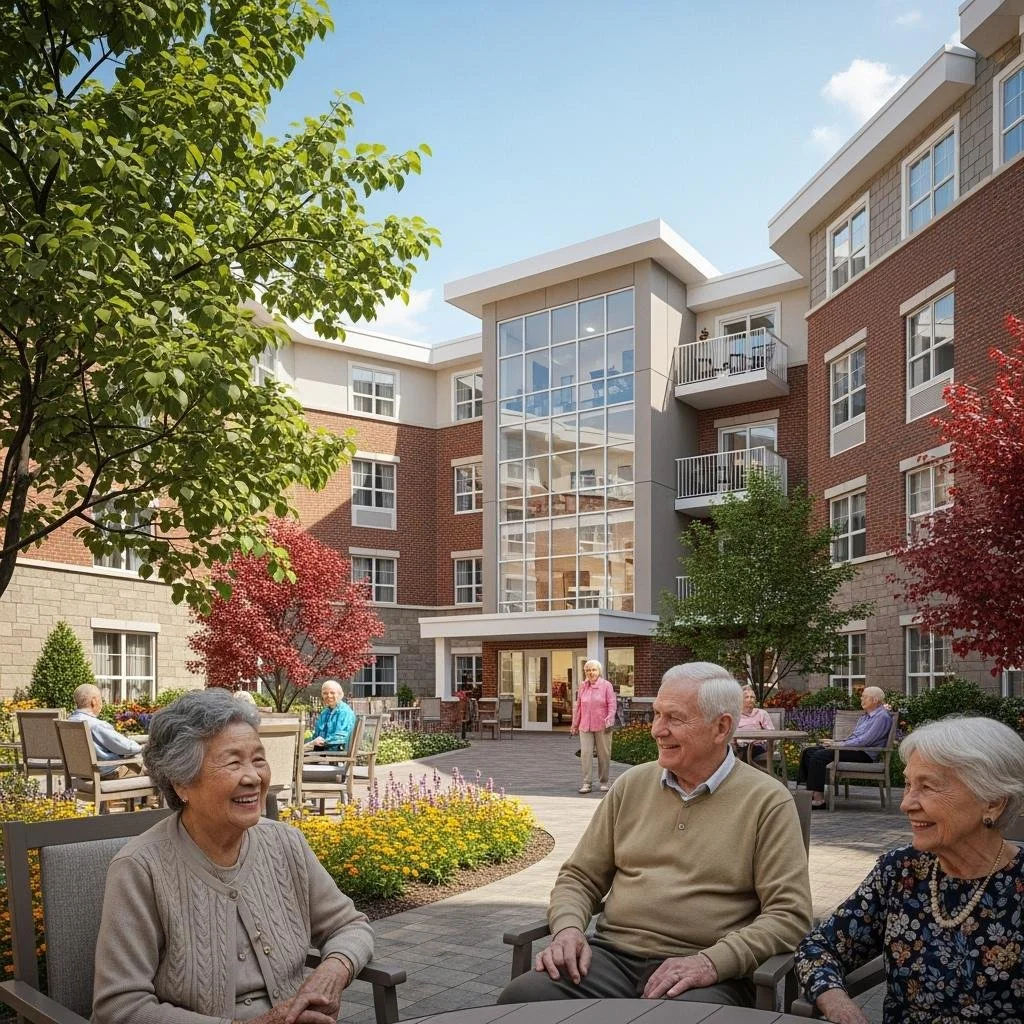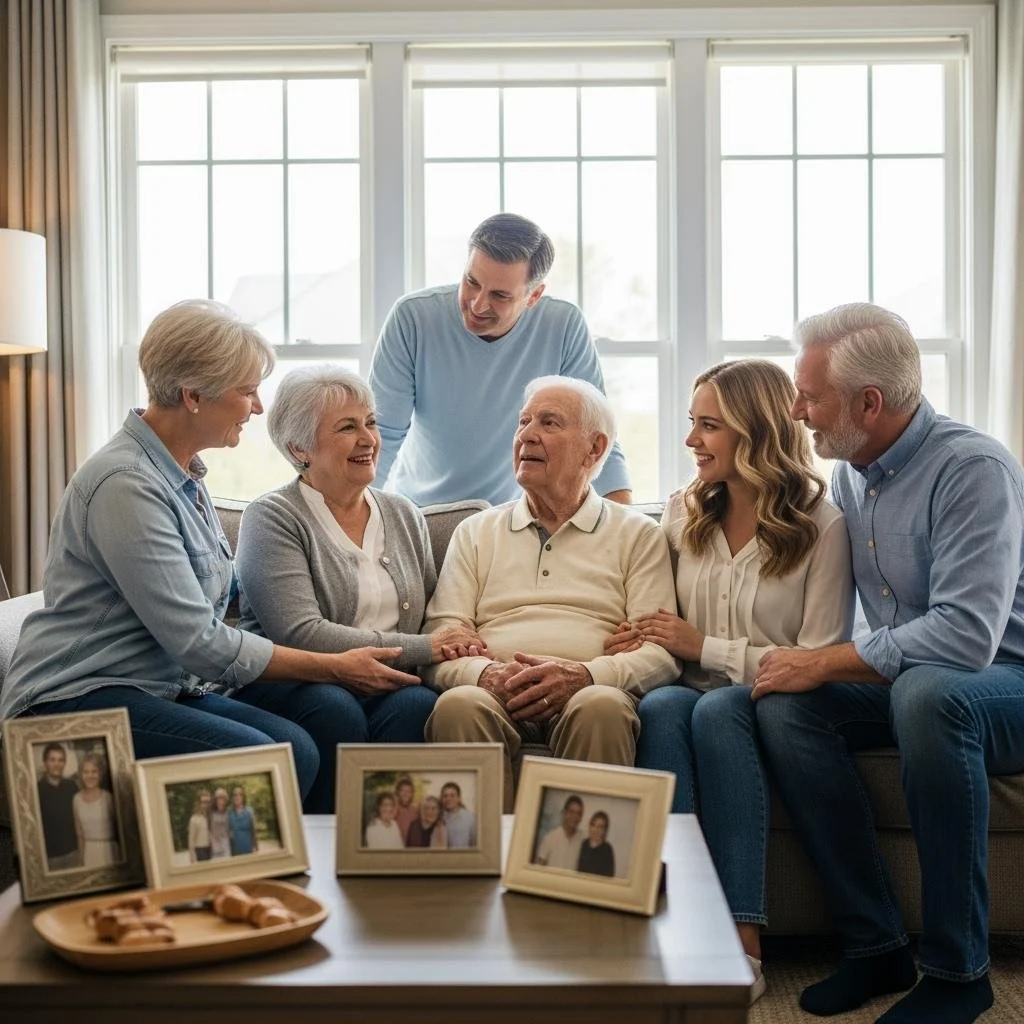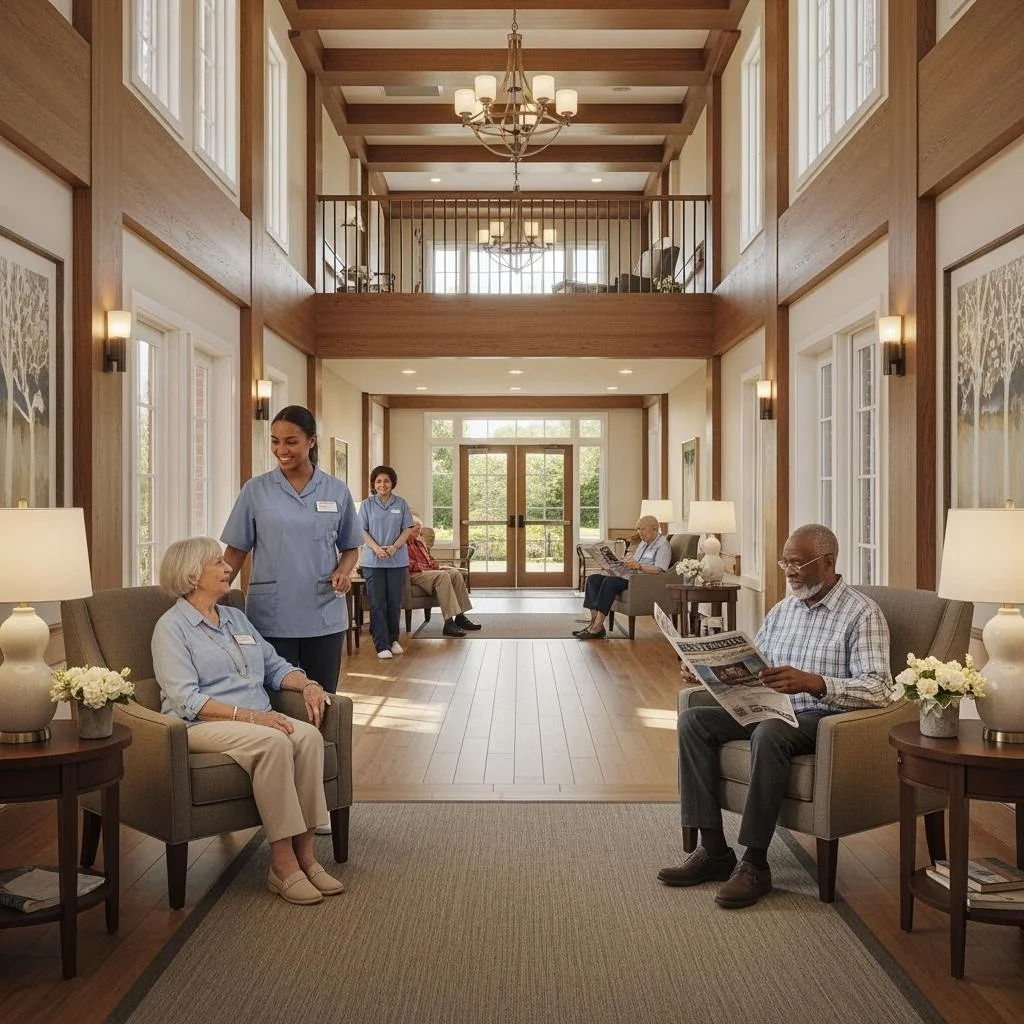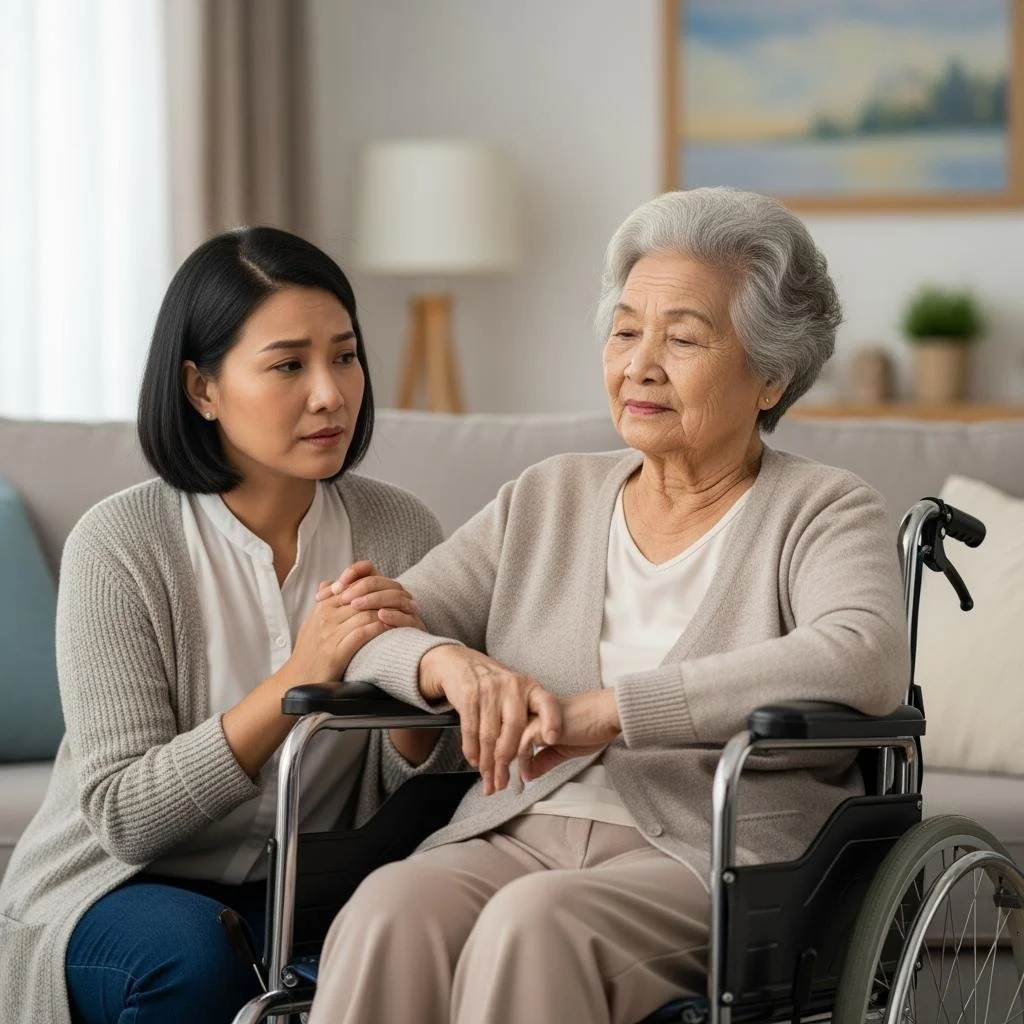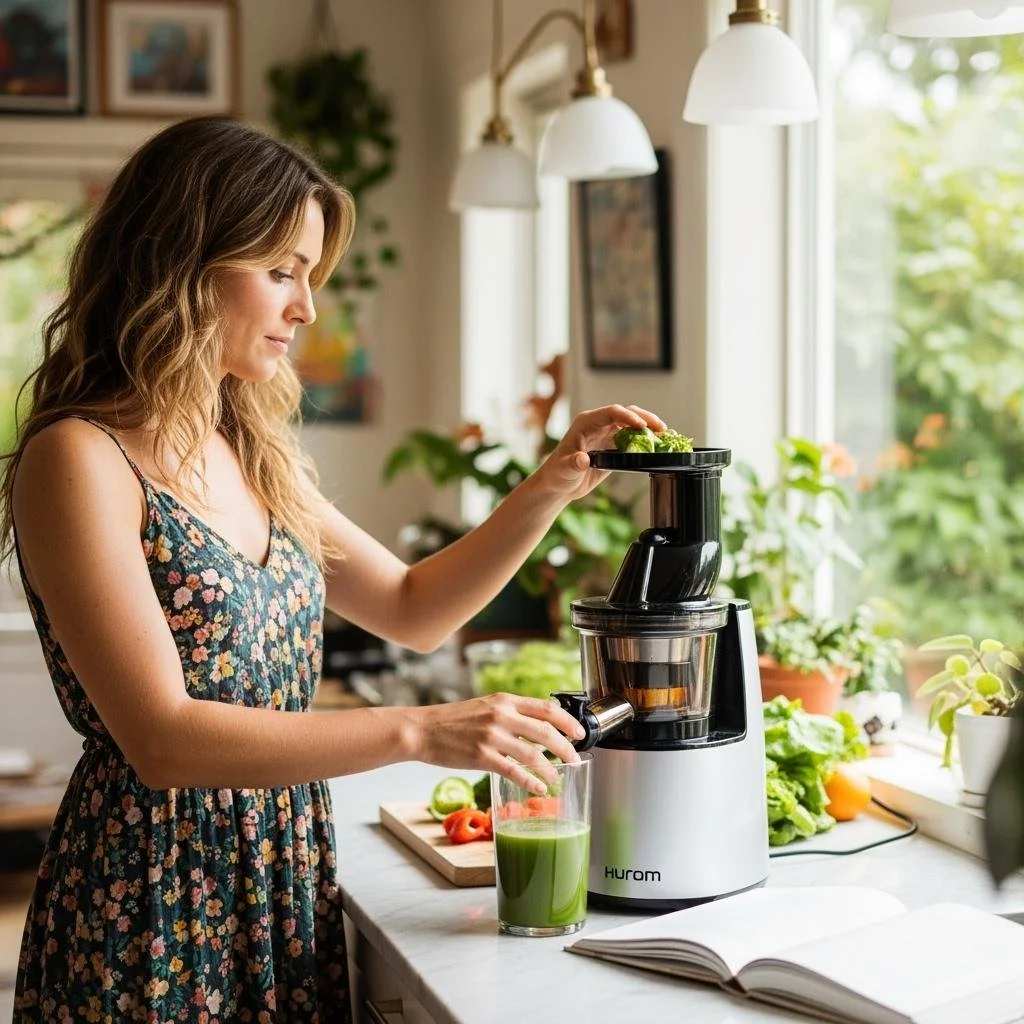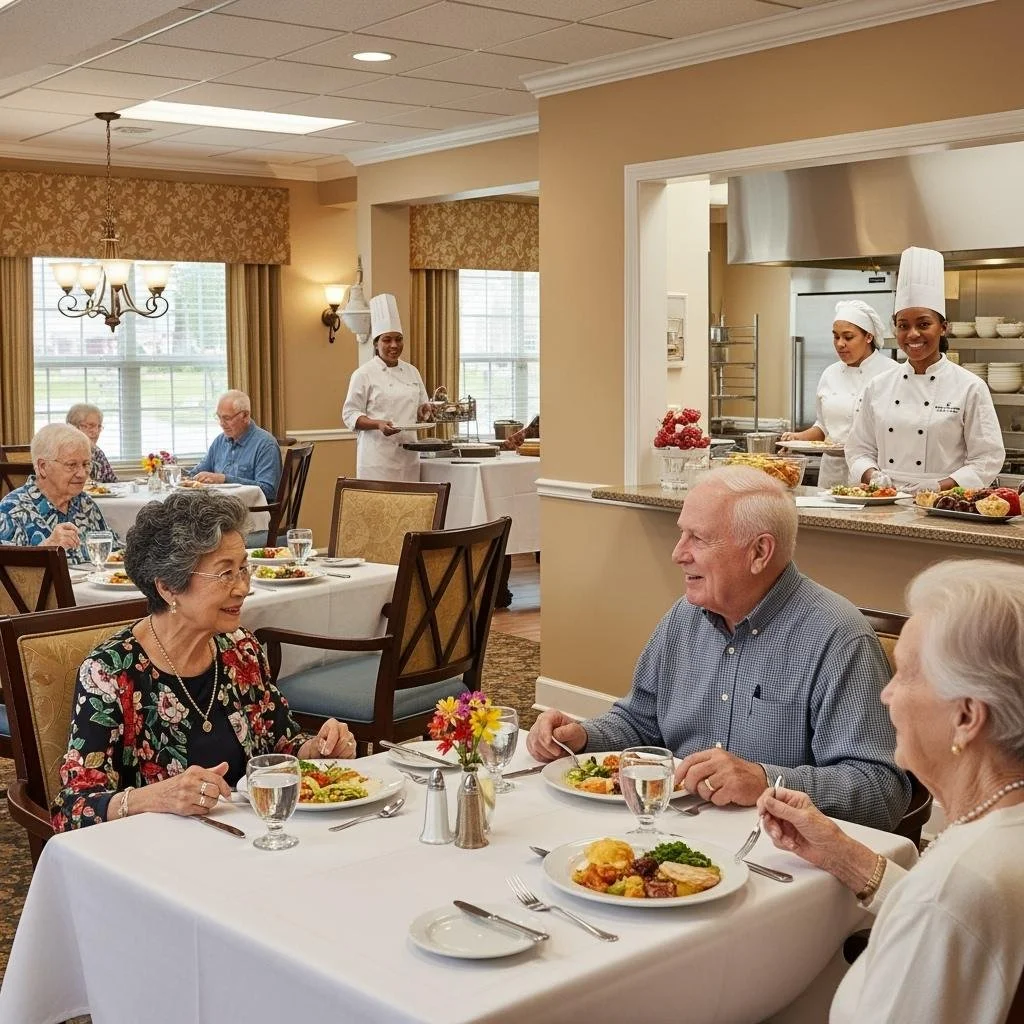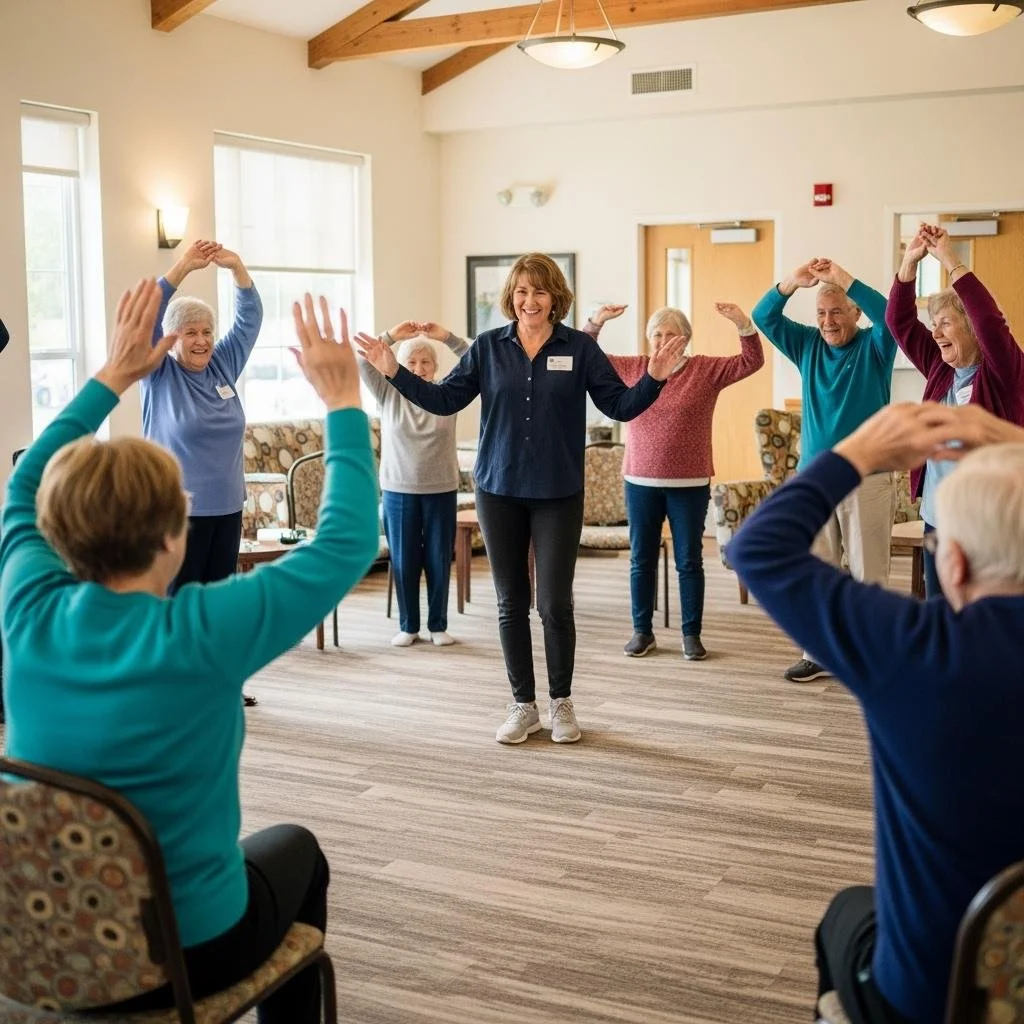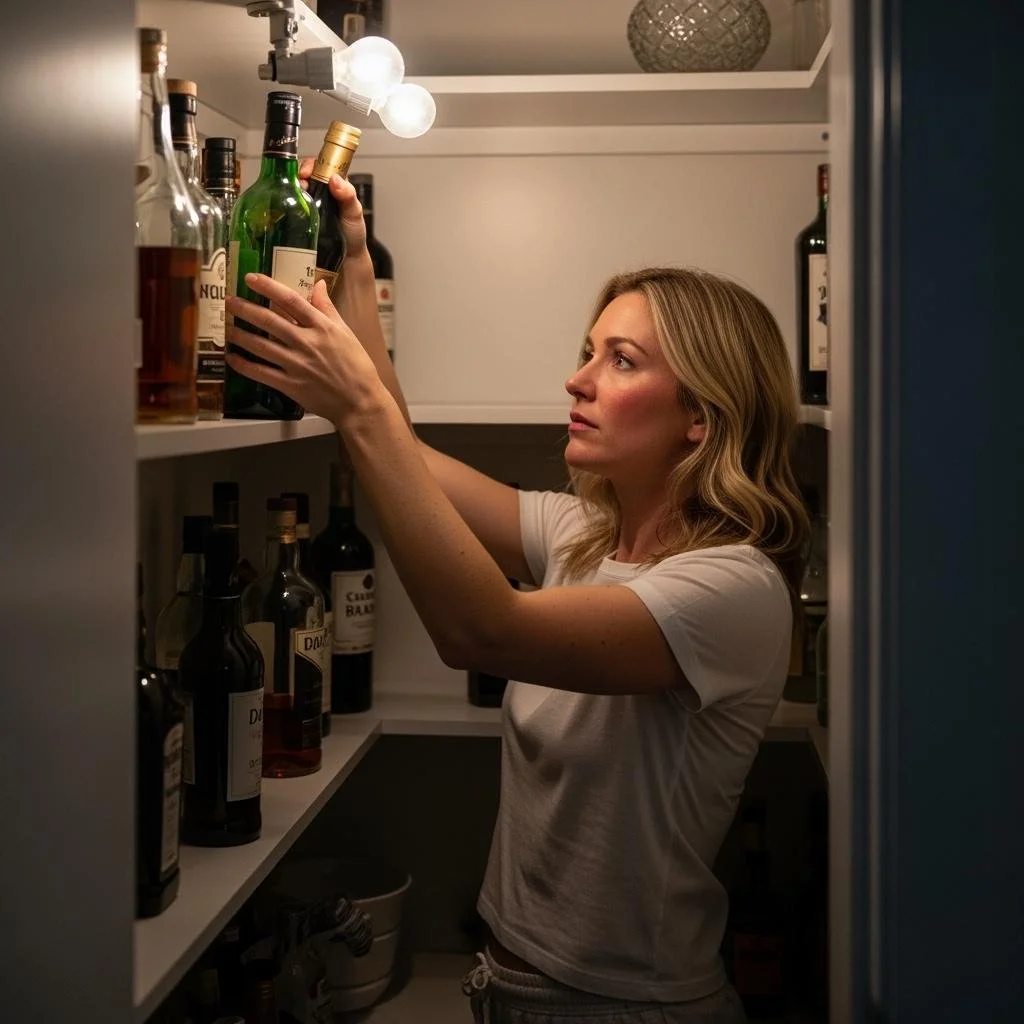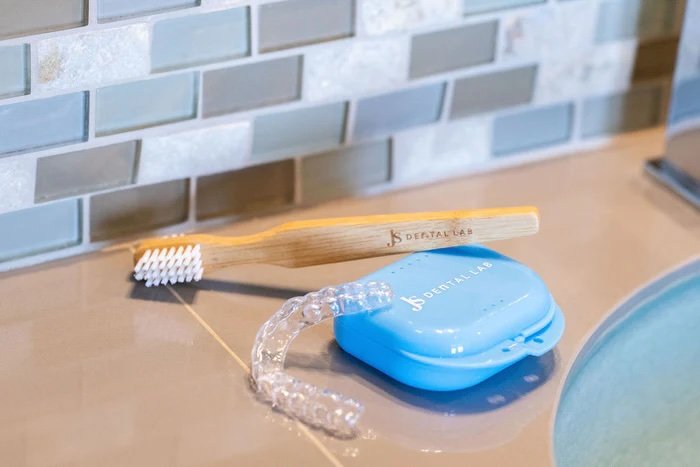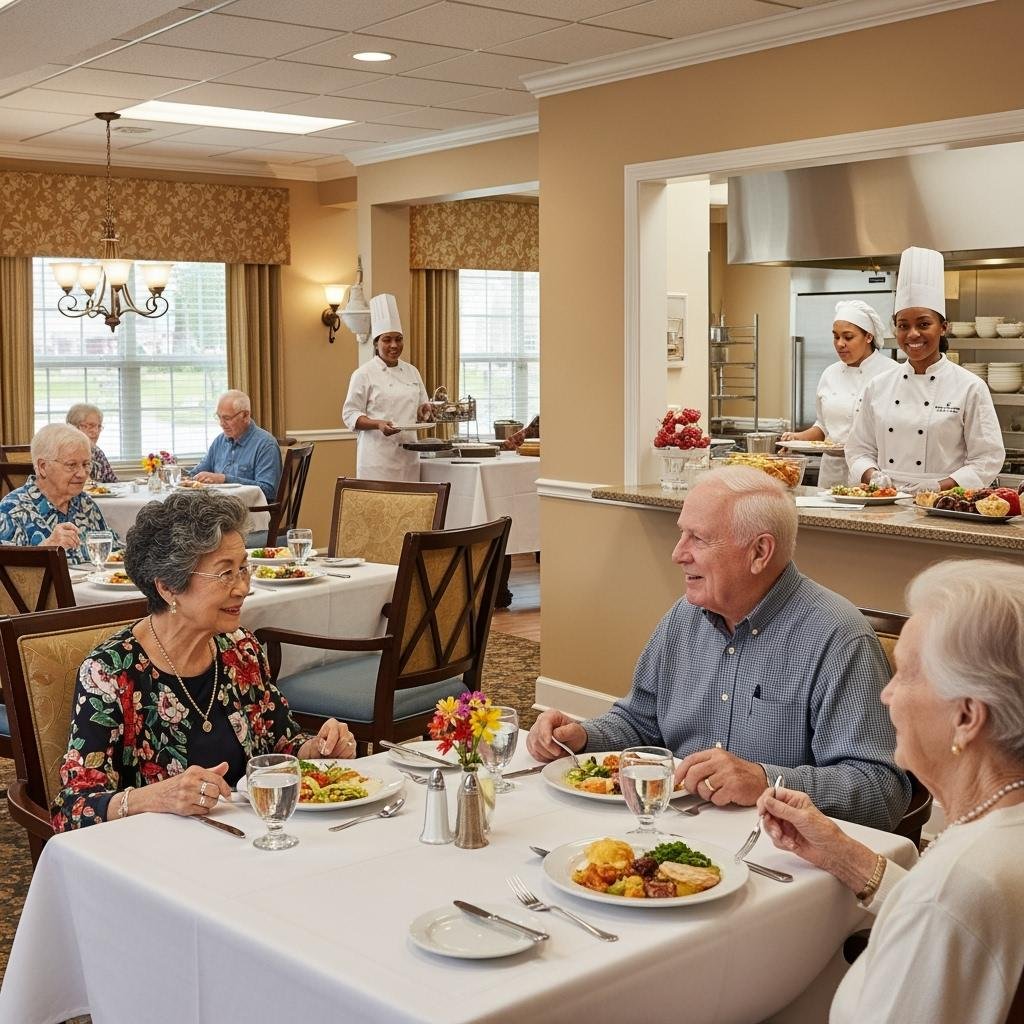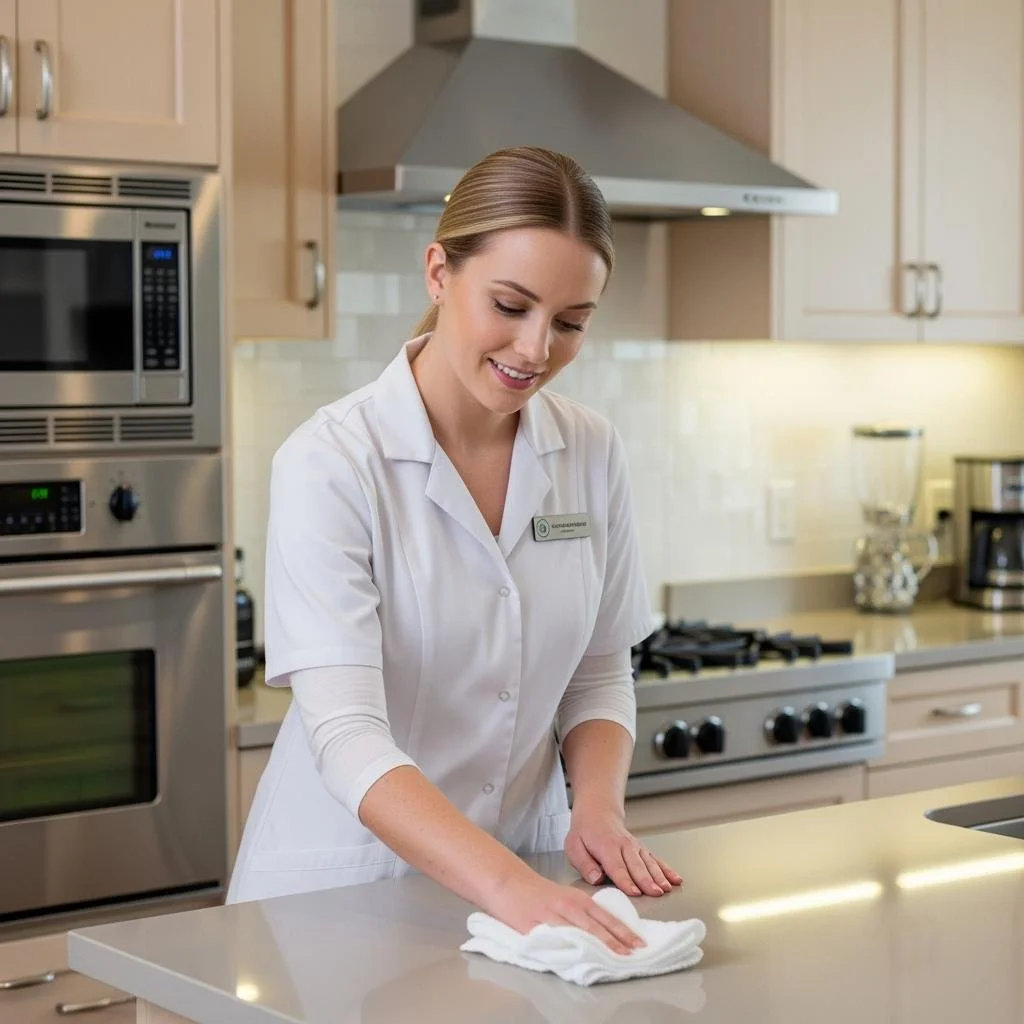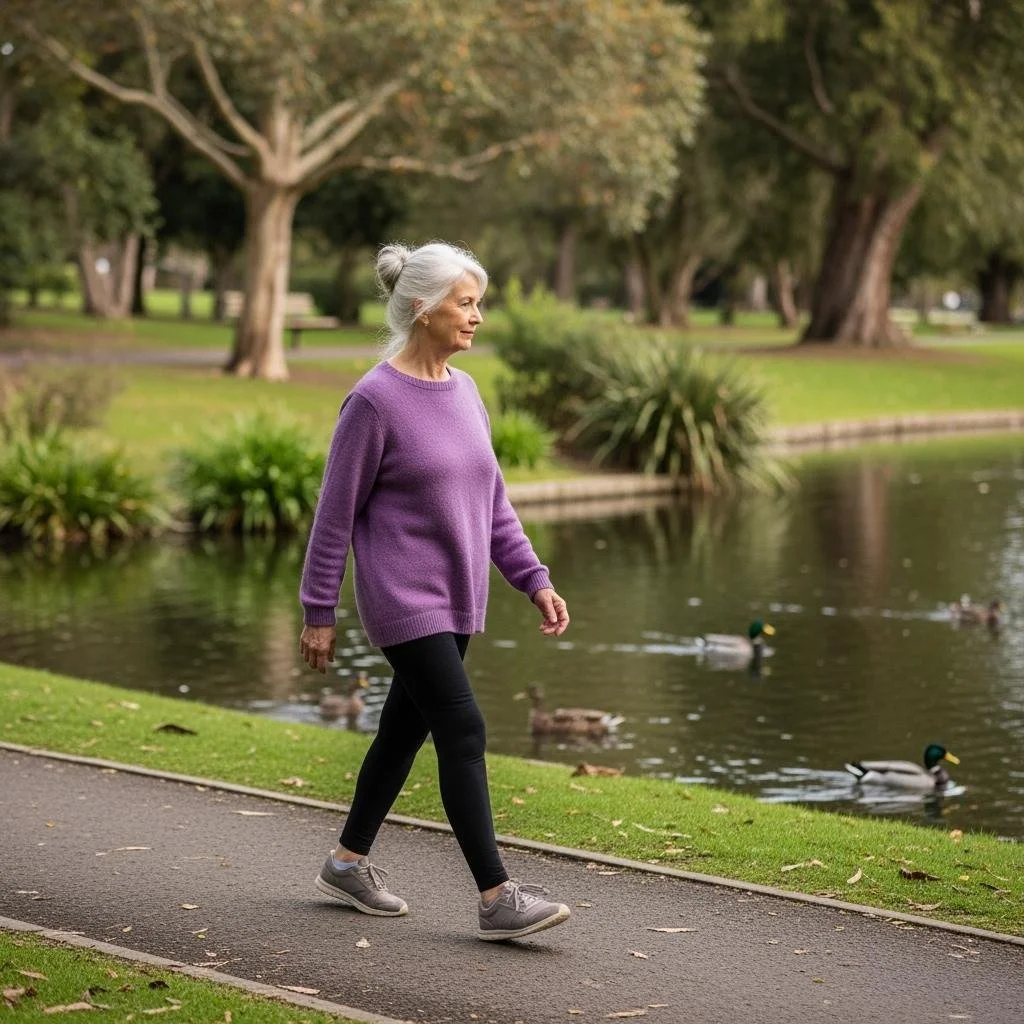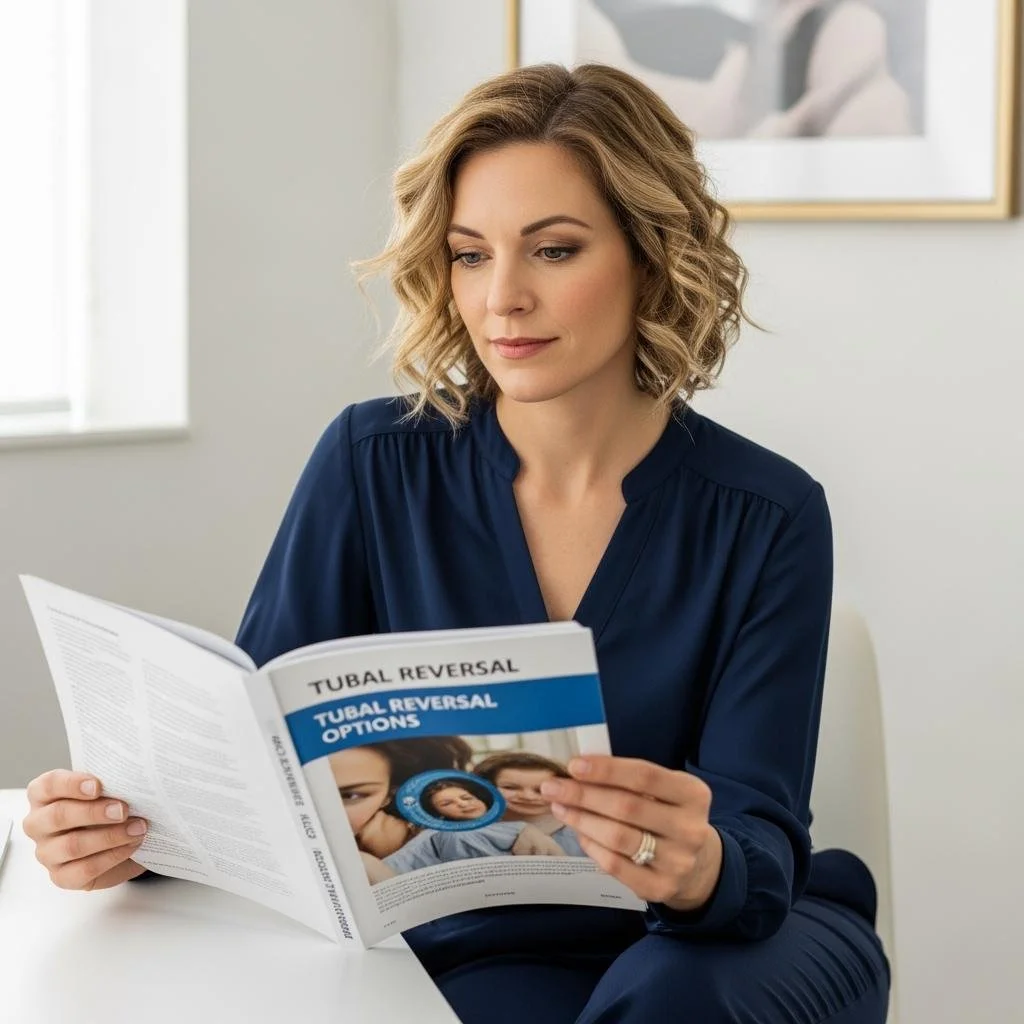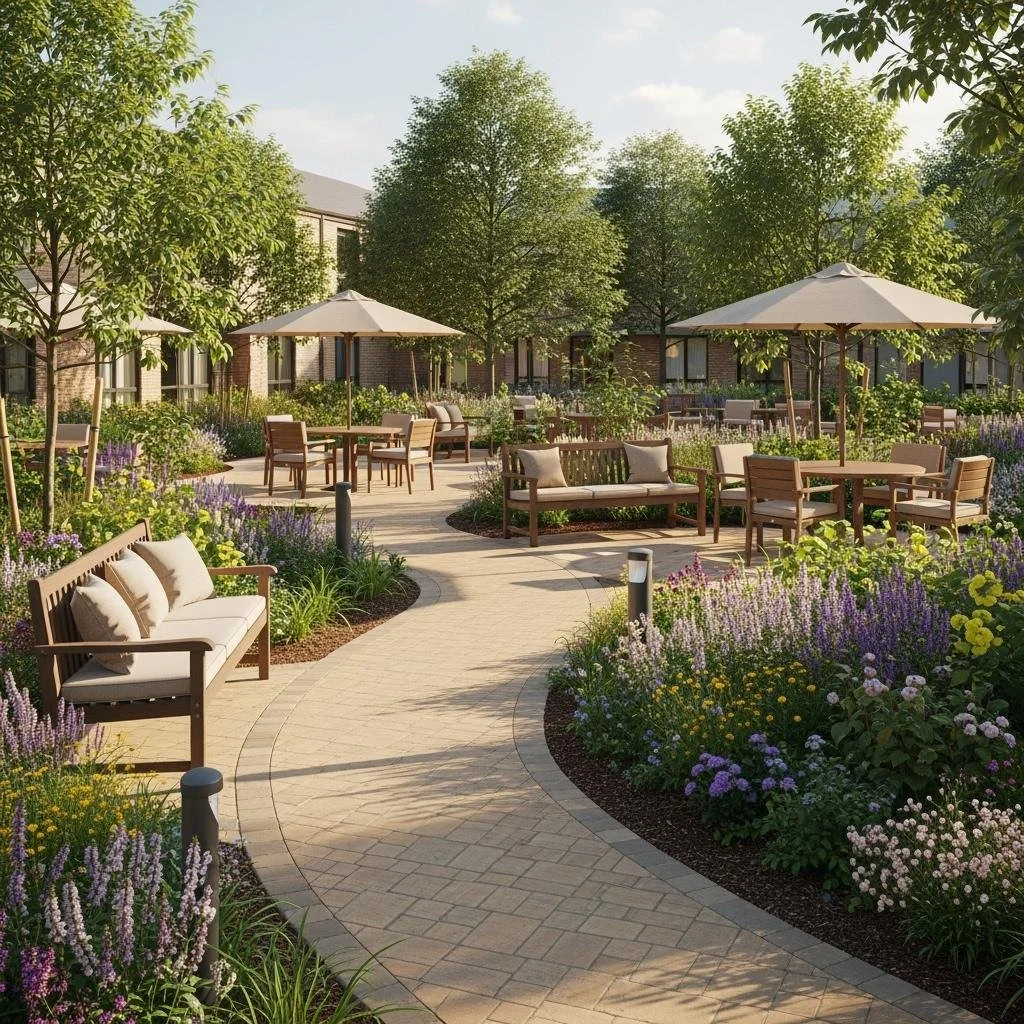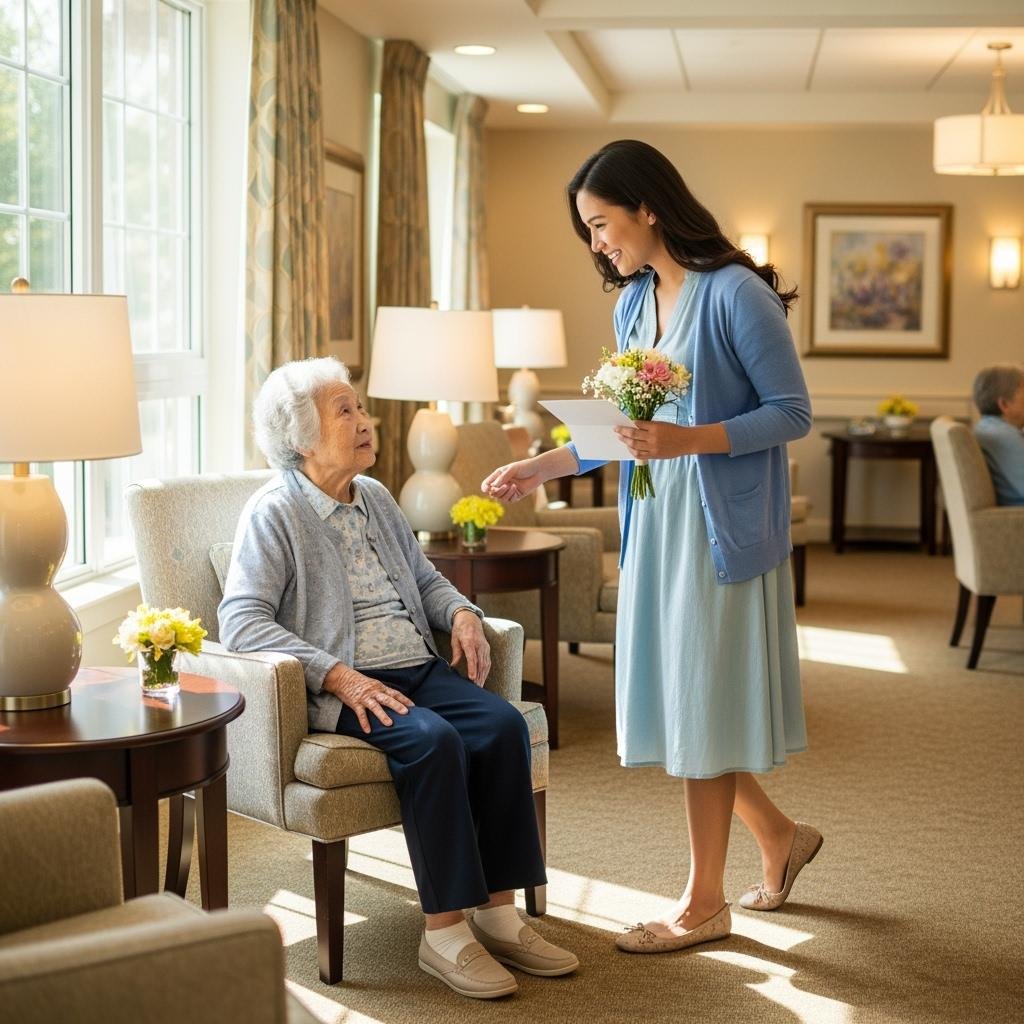What truly makes a senior living community feel like home? While comfortable accommodations and quality care are essential, the heart of a thriving community lies in its programs. Activities that spark joy, foster friendships, and stimulate the mind are the key to creating a vibrant, fulfilling environment for older adults.
From morning stretches to technology workshops, the right programs do more than fill time—they enrich lives. These experiences support emotional, physical, and social well-being, helping seniors feel connected, purposeful, and alive.
In this guide, we’ll explore how thoughtfully designed programs can bring new energy and meaning to daily life in senior living communities.
No. 1
Morning Stretch and Movement
Starting the day with gentle movement helps seniors feel energized and ready to take on the day. Morning stretch sessions warm up the body, improve flexibility, and reduce the risk of injury.
These simple exercises target the arms, legs, and back and can be done either sitting or standing, making them accessible to most residents.
Beyond the physical benefits, group movement sessions promote social connection. Seniors can laugh, chat, and encourage one another, fostering a sense of community and mutual support.
Regular morning movement also improves balance, posture, and mental clarity—setting a positive tone for the rest of the day.
No. 2
Art and Craft Sessions
Art and craft activities offer seniors a creative outlet that keeps both the mind and hands active. Whether it’s painting, drawing, or crafting, these sessions provide a fun and engaging way to enhance cognitive function and fine motor skills.
Using colors, shapes, and textures stimulates focus and imagination. Working with tools like scissors, glue, or paintbrushes strengthens hand coordination—skills that are useful in daily life.
Completing an art project brings a sense of accomplishment and pride. Sharing artwork with others fosters deeper connections and builds confidence.
No. 3
Music and Memory Hour
Music has a powerful ability to evoke emotion and unlock memories. During Music and Memory Hour, seniors enjoy listening to familiar songs that often bring comfort, joy, and nostalgia.
Singing along can improve speech and breathing, while clapping or tapping to the rhythm engages the body. Some participants may enjoy playing simple instruments like bells or shakers.
Listening to music helps reduce stress, promote relaxation, and improve focus. These sessions often become the highlight of the day, offering emotional uplift and connection.
Headspace
Discover tools for peace of mind with Headspace. Tailored mindfulness and meditation tools designed to support individuals with dementia and Alzheimer’s, fostering calm, focus, and connection.
No. 4
Gardening Club Activities
Gardening club activities allow seniors to spend time outdoors and engage with nature. The fresh air and sunlight are beneficial for both physical and mental health.
Tasks such as planting flowers, watering, or harvesting vegetables help maintain hand strength and mental focus. Gardening also provides a sense of purpose and accomplishment.
Watching plants grow and bloom brings joy and satisfaction. Tasting vegetables from the garden offers a tangible reward for their efforts.
Gardening with others encourages conversation, teamwork, and shared learning—making it a peaceful and social experience.
No. 5
Game and Puzzle Time
Game and Puzzle Time combines fun with mental stimulation. Seniors enjoy card games, board games, and puzzles that challenge their thinking and memory.
These activities help keep the brain sharp and improve problem-solving skills. Trying new games introduces variety and keeps the experience fresh.
Group games create moments of laughter and camaraderie. Seniors bond over shared experiences and feel a sense of belonging.
Even simple games can bring joy. While winning is fun, the real reward is the shared enjoyment and connection.
No. 6
Book Reading Circles
Book reading circles offer a chance for seniors to enjoy stories together in a relaxed, social setting. Reading aloud improves focus, speech, and listening skills.
Each participant can read a short passage, building confidence and encouraging active participation. Listening to others introduces new perspectives and ideas.
After reading, group discussions allow everyone to share thoughts and emotions, deepening understanding and connection.
Reading circles foster friendships and provide a meaningful way to connect through shared narratives.
No. 7
Cooking and Baking Days
Cooking and Baking Days are filled with delicious aromas and joyful memories. Seniors participate in preparing simple meals or treats, often recalling happy moments from their past.
Tasks like mixing, measuring, and decorating engage the senses and support hand-eye coordination. Working together enhances teamwork and communication.
Tasting the final product is always a highlight. Sharing food with others brings a sense of pride and community.
These sessions are about more than just food—they offer life skills, sensory engagement, and emotional satisfaction.
No. 8
Technology Help Workshops
Technology Help Workshops empower seniors to stay connected in today’s digital world. Many older adults want to use smartphones, tablets, or computers but need guidance to get started.
Workshops teach practical skills like sending messages, video chatting with family, viewing photos, or browsing the internet.
Participants are encouraged to ask questions and try things hands-on. Friendly instructors provide step-by-step support, helping build confidence.
As seniors become more comfortable with technology, they feel empowered and proud. These skills help them stay in touch with loved ones and access new forms of entertainment and information.
No. 9
Tailored Programs for Individual Needs
Every senior has unique strengths, preferences, and challenges. Tailored programs ensure that each individual receives the support and engagement they need.
Some residents may benefit from gentle movement classes, memory games, or quiet art sessions. These activities are carefully chosen to match their abilities and interests.
Specialized programs in senior living may also provide calming environments or one-on-one attention for those with cognitive or mobility challenges.
By offering personalized options, senior communities demonstrate care and inclusivity—ensuring that everyone has the opportunity to participate and thrive.
Takeaways
Life in a senior living community should be filled with purpose, connection, and joy. Engaging programs play a vital role in achieving this by encouraging activity, creativity, and social interaction.
When seniors feel included and valued, their emotional and physical health improves. These daily activities create moments of happiness, foster friendships, and provide meaningful ways to stay involved.
A well-rounded program offering ensures that every resident can find something they enjoy—making each day brighter and more fulfilling.
Be sure to check out the rest of our blog for more tips and insights on creating enriching experiences for seniors.
Looking for Wellness resources?
Are you looking to enhance your wellness routine? Explore our wellness partners who offer a wide range of resources to support your journey toward holistic living and well-being.
